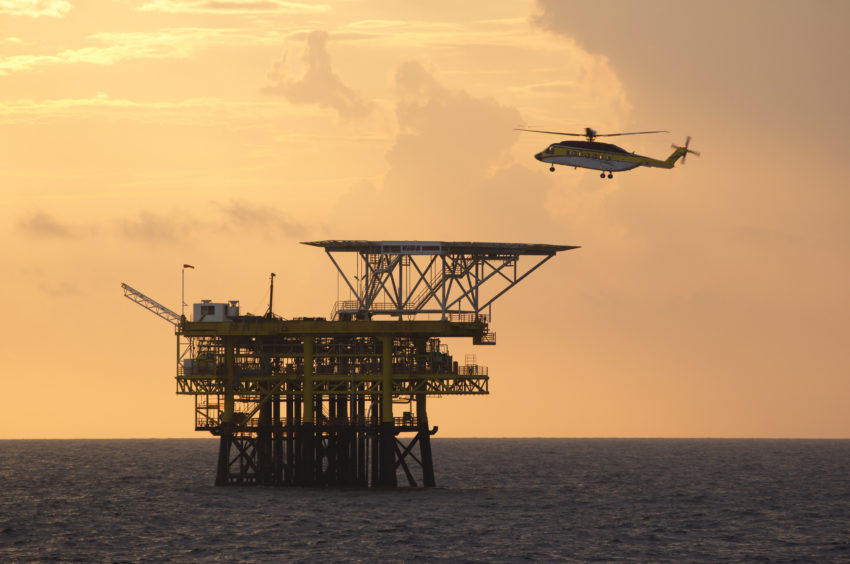
Ian Diggory, a 40-year industry veteran and principal consultant for Rosen UK, formerly of Macaw Engineering, discusses supply chain issues relating to the North Sea energy sector.
I was interested to read the article in Energy Voice by Leigh-Ann Russell, head of procurement and supply chain management at BP, about her views on procurement practices in the oil and gas industry. Much of what she said chimed with my own views on this topic, albeit from the perspective of a supplier of consultancy services to operators. I have long been of the opinion that the relationship between operators and suppliers needs to change from generally being adversarial to become much more collaborative. Ms Russell’s article offers a timely and positive contribution to what is clearly an essential debate in the current economic climate.
I recently presented a webinar called “Taking the Long View” based on observations from my 40+ years in the oil and gas industry. It was essentially a plea for a culture change in our industry that encouraged closer collaboration and better communication across and between all stakeholders. In particular, I believe there is an opportunity now for the procurement profession to demonstrate its value to the industry by taking a lead in collaborating and engaging with the supply chain to optimise value from its suppliers – not just by simply driving down rates.
The following brief summary from my webinar may hopefully contribute to the debate.
In the mid-1990s, at a time of increasing operating costs and a low oil price, the UK government introduced an initiative called CRINE to ensure continued development of remaining North Sea reserves. The focus of CRINE was very much on cost reduction. Interestingly, there was a recognition by CRINE that an entrenched culture of adversarial attitudes between operators and suppliers, poor communication and lack of trust were major contributing factors to higher operating costs in the North Sea. In 2015 the instigator of the CRINE initiative admitted the industry had strongly resisted his proposed cultural changes to overcome these issues.
I venture to suggest that the issues raised by CRINE still largely prevail today, so it is encouraging to read an article from a major operator that recognises a knee jerk reaction calling for cost reductions – although prevalent – is not in the long-term interests of our industry.
The lesson is that cultural change is not easy and will not happen overnight, but if you don’t have the right culture in place it can cost you money!
ALSO READ: ‘Poor behaviour’ slammed by OGA as firms demand suppliers cut rates 40% ‘overnight’
The attitude of procurement departments plays a pivotal role in determining the culture of a company in its dealings with the supply chain. An aggressive focus on cost cutting alone will almost certainly result in quality or delivery issues. Rather than focusing just on price I believe operators should consider the wider cost of the work in question. What is the cost of not doing the work? What is the cost of it being done badly, or taking longer than expected? What are the knock-on costs of this piece of work? It is all about value for money – obtaining an optimum balance between quality and price. There is a wise old saying: “Buy cheap – pay twice”.
Loading all the contract risk on a supplier does not insulate an operator from unforeseen consequences. Although not easy to manage, risk and reward types of contract that apportion risk between client and supplier would in my opinion lead to a more collaborative culture and thereby help to optimise costs. Establishing mutually acceptable long-term contracts with your suppliers allows them to plan ahead and maintain a stable work force. Stability also means we can offer new entrants a career in the industry and not just a job, ultimately helping to replace scarce skills and reduce reliance on expensive contractors.
Not only should operators engage in a more collaborative relationship with their suppliers, the onus is also on service providers (such as our company) to take a long-term view by investing in intellectual capital and R&D. Such providers will create the technologies and tools to ensure the industry can capitalise on future opportunities. Their adaptability, financial stability and commitment to continue long-term investment in training, technology and expertise should make them the future partners of choice.
Collaboration and communication across all stakeholders are going to be essential characteristics in the future oil and gas industry.
Recommended for you

